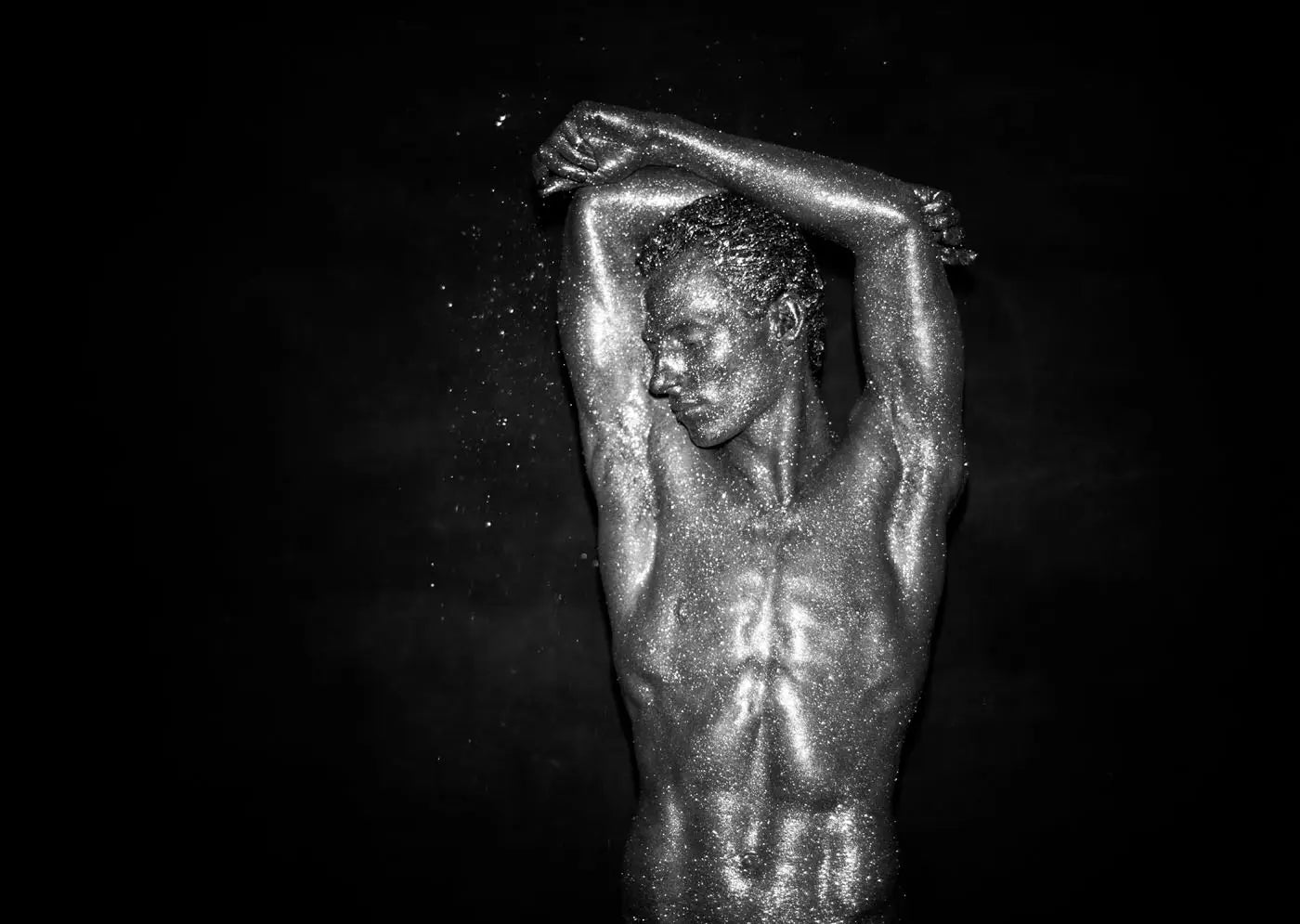Balancing Delicacy and Deadlines
Details and the slightest intricacies are key to this showcase of BalletBoyz’ incredible work, displaying their versatility. A hand placed just so, a smile that is hard to read, bodies entwined, in conflict and pushed apart. With an audacious, challenging remit of creating brand new works for the company in just a fortnight, four choreographers bring pieces of delicacy and precision in collaboration with four composers. Balance and power structures is the theme threading through the evening, topped off by a critically acclaimed half hour long piece from 2013 by Russell Maliphant, called “Fallen” (the most balletic in the purest...
Continue Reading













